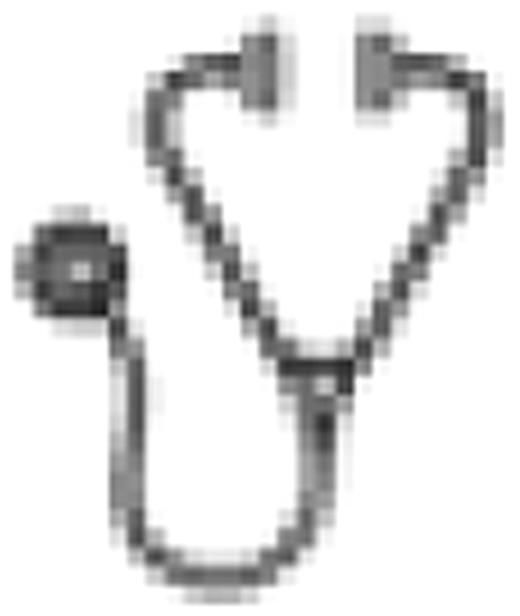Abstract
Abstract 2055
Erythropoiesis stimulating agents (ESAs) are commonly used to treat chemotherapy-induced anemia (CIA) in cancer patients. However, numerous clinical trials indicate that about half of the patients fail to show an increase in hemoglobin (Hb) levels or a reduction in red blood cell (RBC) transfusions following treatment. This may be attributed to functional iron deficiency (FID) experienced by these patients. Iron is often used to supplement ESAs to correct the FID. However, no systematic review has been conducted that tackles the role of iron supplementation. This is the first systematic review and meta-analysis that addresses the efficacy and safety of iron supplementation to ESAs in the management of CIA.
Literature search of PubMed, Cochrane databases and meetings abstracts from American Society of Clinical Oncology, American Society of Hematology and European Hematology Association was undertaken to identify phase III RCTs published until June 2010. No limits were used in the search. We extracted data on hematopoietic response rate, time to hematopoietic response, RBC transfusions, mean change in Hb level, quality of life (QOL), overall survival (OS), and grade III-IV treatment related harms. We conducted subgroup analyses based on type and route of administration of iron. Time to event data, dichotomous data, and ratio level data were pooled as hazard ratios, risk ratios (RR), and mean difference (MD), respectively, under the random effects model.
Seven RCTs (5 full papers and 2 meeting abstracts) were included enrolling 1,777 patients. For the outcome of hematopoietic response, there was a beneficial effect of iron supplementation to ESAs compared with ESAs alone (RR= 0.65, 95% CI: 0.53 – 0.79). However, for this outcome, RCTs which used intravenous iron favored ESAs and iron (RR= 0.57, 95% CI: 0.44 – 0.74), whereas no differences were found in RCTs using oral iron (RR= 0.81, 95% CI: 0.64 – 1.03) (test of interaction: p= 0.02). No differences were found in the median time to hematopoietic response between patients receiving ESAs and iron versus those receiving ESAs alone. Significantly fewer patients treated with ESAs and iron required RBC transfusions compared to the number treated with ESAs alone (RR= 0.67, 95% CI: 0.52 – 0.86) (Table 1). There were no differences in RBC transfusions based on the route of iron administration. Although mean change in Hb level data was reported in 71% of studies (5/7), data were extractable for meta-analysis from only 43% of RCTs (3/7). The mean change in Hb level was significantly greater in patients receiving ESAs and iron (MD = 0.77, 95%CI: 0.27–1.28) compared with ESAs alone. QOL was reported in three studies, but due to variation in the scales used (FACT-F and LASA) we were unable to provide a pooled estimate. In trial by Bastit et al., no differences in the QOL were found between patients treated with ESA and iron versus those treated with ESAs alone. In the trial by Auerbach et al., patients receiving ESAs and iron had statistically significant better QOL than those receiving ESAs alone. None of the included RCTs reported OS estimates. No differences were found related to risk of grade III-IV thromboembolic events between patients receiving ESAs and iron versus patients receiving ESAs alone (RR= 1.09, 95% CI: 0.55 – 2.18, p= 0.807, 3 RCTs, 614 patients). Type of iron used (gluconate vs. dextran vs. sucrose vs. sulphate) had no impact on any outcome.
Compared with ESA alone/placebo, iron supplementation to ESAs significantly increases hematopoietic response rates and reduces number of RBC transfusions in patients with CIA. Intravenous iron appears to be superior to oral iron in achieving hematopoietic response. Both treatments are well tolerated with no significant differences in adverse events.
Summary of Results
| Outcome . | RR . | 95% CI . | p-value . | I2 . | # RCTs . | # patients . | NNT . |
|---|---|---|---|---|---|---|---|
| Hematopoietic response | 0.65 | 0.53, 0.79 | <.001 | 60.7% | 7 | 1777 | NNT: 4-11 |
| Transfusions | 0.67 | 0.52, 0.86 | 0.002 | 0.0% | 7 | 1777 | NNT: 13-150 |
| Outcome . | RR . | 95% CI . | p-value . | I2 . | # RCTs . | # patients . | NNT . |
|---|---|---|---|---|---|---|---|
| Hematopoietic response | 0.65 | 0.53, 0.79 | <.001 | 60.7% | 7 | 1777 | NNT: 4-11 |
| Transfusions | 0.67 | 0.52, 0.86 | 0.002 | 0.0% | 7 | 1777 | NNT: 13-150 |
Note: RR=Risk Ratio; CI=Confidence Interval; NNT=Number Needed to Treat
No relevant conflicts of interest to declare.

This icon denotes an abstract that is clinically relevant.
Author notes
Asterisk with author names denotes non-ASH members.

This feature is available to Subscribers Only
Sign In or Create an Account Close Modal